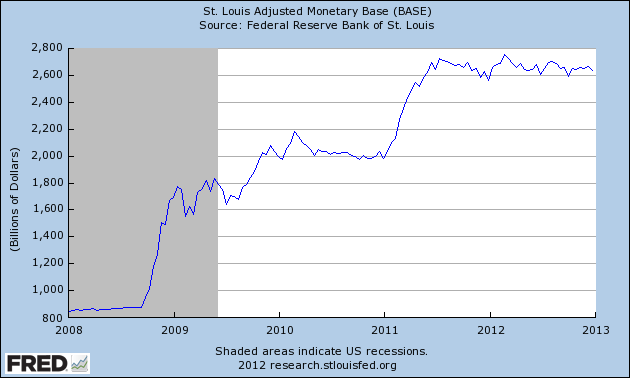Top 4 Signs Of OverDiversification Yahoo Finance Canada
Post on: 22 Сентябрь, 2015 No Comment

Diversify! Diversify! Diversify! Financial advisors love to recommend this portfolio management technique, but are they always looking out for your best interest when they do? When executed properly, diversification is a time-tested method for reducing investment risk. However, too much diversification, or “diworsification,” can be a bad thing. Initially described in Peter Lynch’s book, One Up On Wall Street (1989), as a company specific problem, the term “diworsification” has morphed into a buzzword used to describe inefficient diversification as it relates to an entire investment portfolio. Just like a lumbering corporate conglomerate, owning too many investments can confuse you, increase your investment cost, add layers of required due diligence and lead to below-average risk-adjusted returns. Read on to learn why financial advisors may have an interest in over-diversifying your investment portfolio and some of the signs that your portfolio may be “diworsified.”
Why Some Advisors Choose Over-Diversification
Most financial advisors are honest and hard-working professionals who have an obligation to do what is best for their clients. However, job security and personal financial gain are two factors that could motivate a financial advisor to over-diversify your investments.
When giving investment advice for a living, being average can offer more job security than attempting to stand out from the crowd. Fear of losing accounts over unexpected investment outcomes could motivate an advisor to diversify your investments to the point of mediocrity. Also, financial innovation has made it relatively easy for financial advisors to spread your investment portfolio over many “auto-diversification” investments, like funds of funds and target date funds. Farming out portfolio management responsibilities to third-party investment managers requires very little work on the advisor’s part and can provide them with finger pointing opportunities if things go awry. Last but not least, the “money in motion” involved with over-diversification can create revenues. Buying and selling investments that are packaged differently, but have similar fundamental investment risks, does little to diversify your portfolio, but these transactions often result in higher fees and additional commissions for the advisor.
Some mutual funds with very different names can be quite similar with regard to their investment holdings and overall investment strategy. To help investors sift through the marketing hype, Morningstar developed mutual-fund-style categories, like large cap value and small cap growth. These categories group together mutual funds with fundamentally similar investment holdings and strategies. Investing in more than one mutual fund within any style category adds investment costs, increases required investment due diligence, and generally reduces the rate of diversification achieved by holding multiple positions. Cross-referencing Morningstar’s mutual fund style categories with the different mutual funds in your portfolio is a simple way to identify whether you own too many investments with similar risks.














